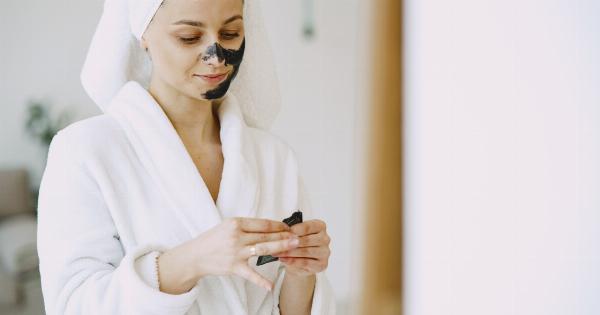Acne is a skin condition that affects a large percentage of both teenagers and adults. It occurs when hair follicles become clogged with oil and dead skin cells, leading to pimples, blackheads, and whiteheads on the face, neck, chest, and back.
While acne is a common condition, it can be frustrating and even embarrassing for those who suffer from it. In this article, we will explore the causes, symptoms, and cures of acne.
Causes of Acne
Acne is caused by a combination of factors, including genetics, hormones, and lifestyle choices. Some of the most common causes of acne include:.
1. Hormones
Hormones play a significant role in the development of acne. During puberty, the body produces more androgen hormones, which increase the production of oil in the skin. This excess oil can clog pores and lead to acne.
2. Genetics
Acne can also be inherited from parents. If one or both parents had acne, their children are more likely to develop it as well.
3. Diet
While there is no direct link between diet and acne, some research suggests that certain foods may trigger or worsen acne. These foods include processed and high-glycemic-index foods, dairy products, and alcohol.
4. Stress
Stress can cause hormonal fluctuations that can lead to acne. Additionally, stress can worsen the inflammation associated with acne, making it more severe.
Symptoms of Acne
The symptoms of acne vary depending on the type and severity of the acne. The most common symptoms of acne include:.
1. Pimples
These are small red bumps that are inflamed and often filled with pus.
2. Blackheads
These are small, dark bumps that appear on the skin’s surface. They are caused by the clogging of hair follicles with oil and dead skin cells.
3. Whiteheads
These are similar to blackheads, but they appear as small white bumps on the skin’s surface.
4. Cysts
These are large, painful bumps that are filled with pus.
Cures for Acne
While there is no cure for acne, there are several treatments that can help reduce the severity of acne and improve the appearance of the skin. Some of the most effective treatments for acne include:.
1. Topical treatments
Topical treatments, such as benzoyl peroxide, salicylic acid, and retinoids, can be applied directly to the skin to reduce inflammation and unclog pores.
2. Oral medications
Oral medications, such as antibiotics, hormonal birth control, and isotretinoin, can be prescribed by a dermatologist to treat acne that is severe or resistant to other treatments.
3. Lifestyle changes
Making certain lifestyle changes can also help improve acne. This includes maintaining a healthy diet and avoiding triggers, reducing stress, and establishing a regular skincare routine.
4. Laser and light therapy
Laser and light therapy can be used to reduce inflammation and kill the bacteria that causes acne. These treatments can be performed by a dermatologist and may require several sessions to see results.
5. Extraction
In some cases, a dermatologist may perform a procedure to manually extract blackheads and pimples from the skin. This is usually done using a sterile instrument and is not recommended as a home remedy.
In conclusion, acne is a common skin condition that can be caused by a variety of factors. While there is no cure for acne, there are several treatments available that can help reduce the severity of acne and improve the appearance of the skin.
If you are struggling with acne, it is important to speak with a dermatologist to determine the best course of treatment for your skin.




























